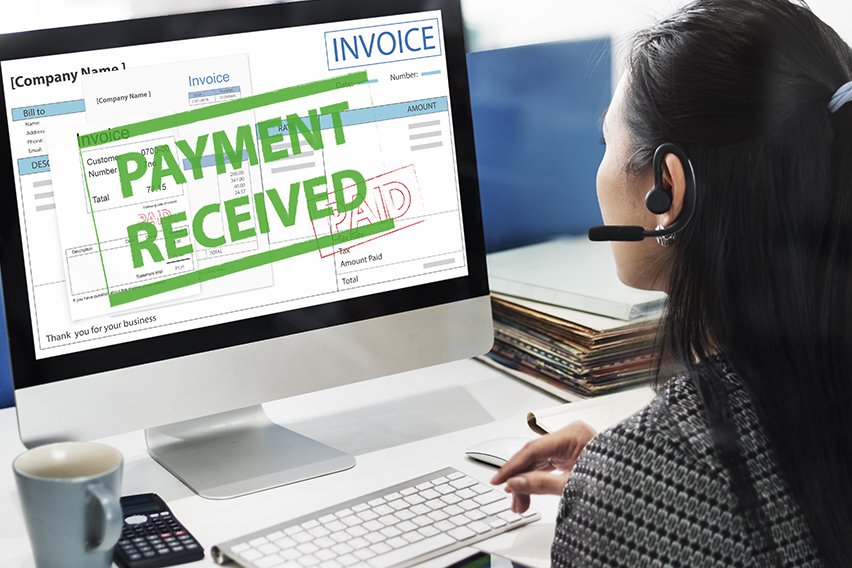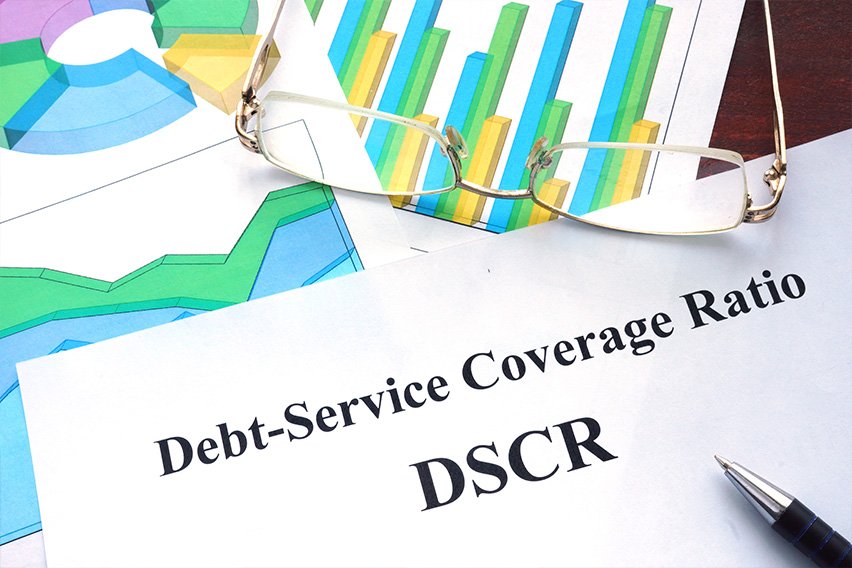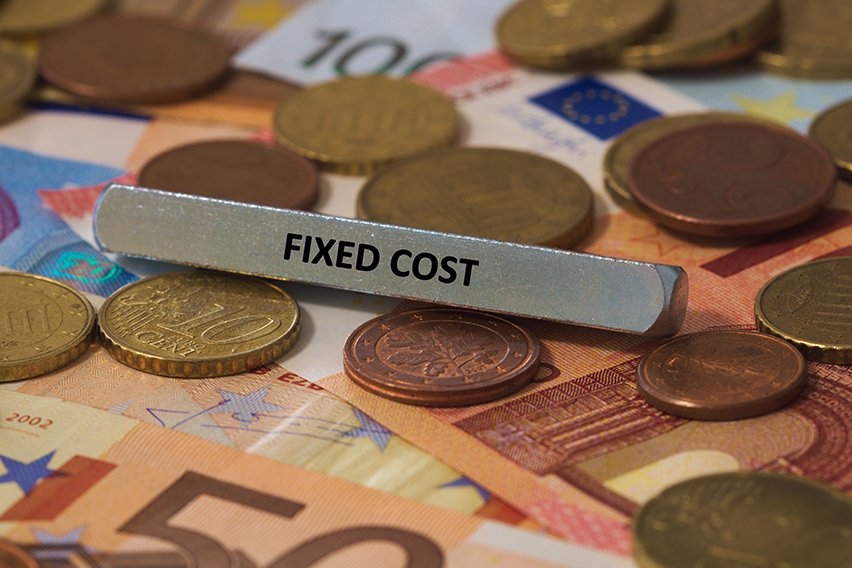What Is Actual Cost?

In accounting, Actual Cost refers to the amount of money that was paid to acquire a product or asset. This could be the historical, past, or present-day cost of the product. This is not the budgeted or forecasted costs that management has anticipated as they might include vendor expenses like the costs of delivery, set up and testing. These costs also reflect factors like vendor discounts or price increases.
When recorded in financial recorded the actual cost of an asset is listed as a fixed asset.
The actual approach and the use of estimates are blended together. Budget costs and compared to actual costs to create a variance. Variances can be used to better manage operations and improve the accuracy of future estimates and forecasts.
For example, an auto repair shop may estimate that vehicle repairs will cost $1100, but the actual cost may actually be $1200. A customer might not be aware of the actual cost until the expenses are incurred during the repairs.
This article will also discuss:
What Is the Actual Cost Formula?

What is Actual Costing?
Costing accounting that uses actual cost, direct-cost rates and actual qualities used in production to determine the cost of specific products is called Actual Costing.
With actual costing system, usually direct costs to a cost object or something that has a measurable cost is traced. This allows managers to go back to the source of the costs (cost objects) like labor and materials. Through analyzing how many hours of manufacturing time a product requires, managers can calculate the actual costs of producing that product.
What Is the Actual Cost Formula?
Actual cost can be calculated with the following formula:
Actual Cost = Direct Costs + Indirect Costs + Fixed Costs + Variable Costs + Sunken Costs
As you can see above, the actual cost formula factors in several types of project costs.
- Direct Costs: Obvious costs directly related to your projects like fixed costs and variable costs.
- Indirect Costs: Additional cost that supports your project but is not easily measured like administrative services.
- Fixed Costs: Costs that remain consistently the same throughout the project, such as cost to rent equipment.
- Variable Costs: Changing costs during the course of the project. An example the hours of anticipated labor for a project might be greater than the actual time it took for labor to be complete.
- Sunken Costs: These are costs that have incurred due to an error or change of scope that must be included in the total cost of the project.

What Is a Cost Variance?
Cost variance is the difference between the actual cost and the budgeted or planned costs.
For example, if a company had repairs done for $1150 but the budget amount was $800, the company had a cost variance of $350.
Since the actual cost is more than the budgeted amount, the cost variance is considered to be unfavorable. When the actual cost is less than the budgeted cost, the variance is considered favorable.
RELATED ARTICLES

 How To Open A Business Bank Account in 6 Easy Steps
How To Open A Business Bank Account in 6 Easy Steps What is Accounts Payable: Definition, Process, and Examples
What is Accounts Payable: Definition, Process, and Examples What Is Accounts Receivable?
What Is Accounts Receivable? What Is DSCR? It’s Debt Service Coverage Ratio
What Is DSCR? It’s Debt Service Coverage Ratio What is a Cash Flow Statement? Definition and Importance
What is a Cash Flow Statement? Definition and Importance Fixed Cost: Definition, Formula, and Examples
Fixed Cost: Definition, Formula, and Examples